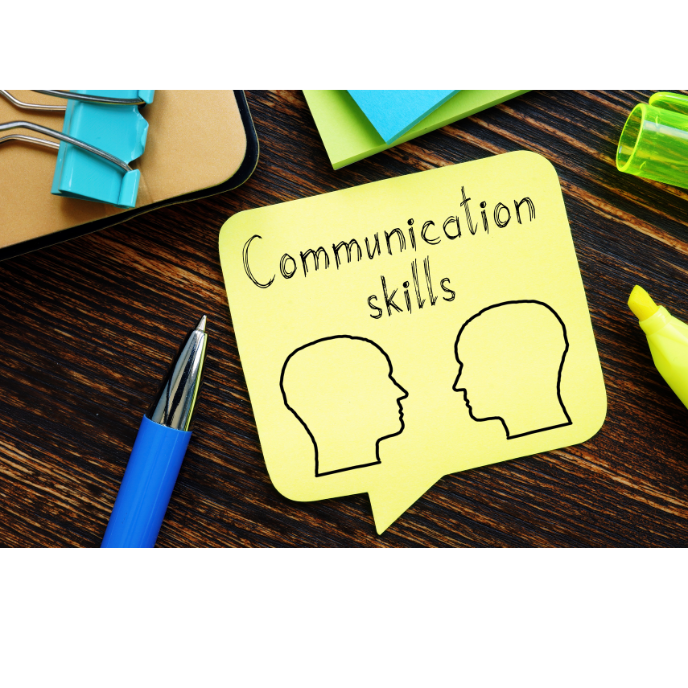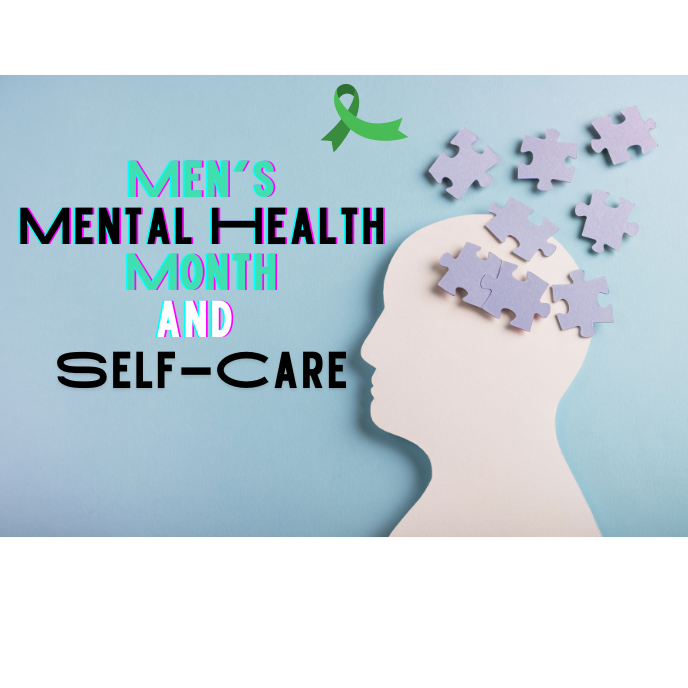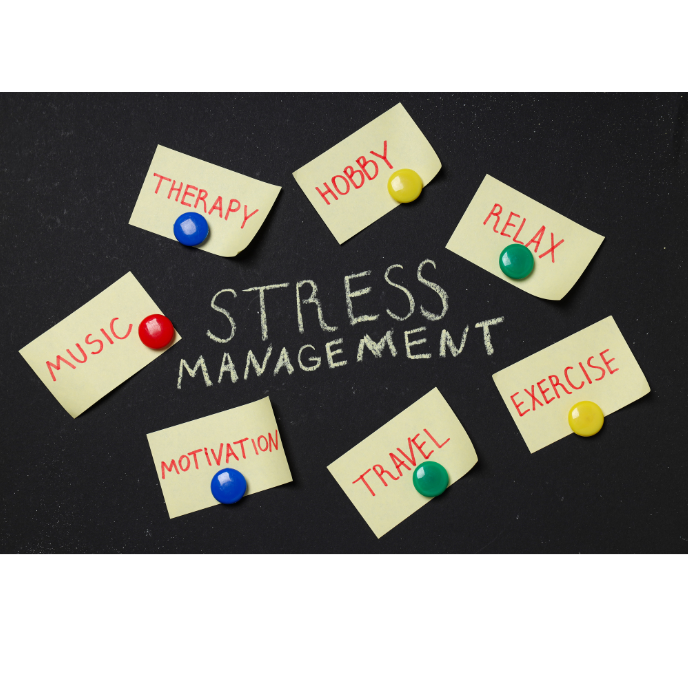10 Game-Changing Examples of Communication Skills

Introduction: Understanding Communication Skills
In today’s fast-paced and interconnected society, the power of proficiency in communication skills cannot be overstated. They provide the backbone for successful interpersonal relations and effectiveness in any environment – from professional settings to personal relationships. In this blog post, we will walk you through ten compelling examples of communication skills that have brought game-changing results across various socio-cultural contexts. They encompass active listening, non-verbal cues interpretation, the art of persuasion, emotional intelligence, presentation skills, assertiveness, polished written communication, conflict resolution, public speaking, and championing interpersonal skills even in a multicultural workspace. This diverse collection of examples will provide a comprehensive insight into the role and the scope of communication skills in our daily lives.
Example 1: Active Listening in Professional Settings
Active listening assumes a critical role in making office communication effective. Its application in professional setups can greatly influence overall business outcomes. For instance, a high-stakes business meeting between stakeholders can take a different turn when the participants intentionally focus on understanding and evaluating what the speaker is saying. This not only shows respect for the speaker, but also allows for a deeper comprehension of the discussion, leading to successful resolution or consensus. Therefore, active listening can be a powerhouse tool in not just preventing misunderstandings, but also in fostering an environment of collaboration and mutual respect.
Example 2: Non-Verbal Communication in Personal Relationships
Non-verbal communication is an influential aspect of personal relationships. This is illustrated in the instance of a couple who improved their connection by taking advantage of non-verbal cues. Being conscious of subtle body language, facial expressions, and tone of voice became paramount to their bond. Each mastered the skill of noticing and correctly interpreting the other’s non-verbal communication, from joy, apprehension, to request for space, enabling a healthier and more honest relationship. Such examples underscore the silent power of non-verbal communication.
Example 3: Art of Persuasion at the Workplace
Persuasion is a crucial communication skill in the workplace. One illustrative real-life example is a successful business negotiation achieved through effective persuasion. The negotiator managed to influence the deal’s outcome by tactfully communicating their needs, understanding the other party’s position, and proposing a mutually beneficial solution, thereby sealing the deal in their favor. Such practical applications demonstrate how the art of persuasion can have significant impacts at the workplace.
Example 4: Emotional Intelligence in Social Circles
Being emotionally intelligent significantly influences how we communicate in social settings. Let’s consider a situation at a social gathering, where a person successfully used emotional intelligence to navigate a potentially awkward conversation. Instead of ignoring distressing emotions, they identified them, empathized with the source, and addressed the issues with wisdom. This ability to identify, manage, and communicate emotions productively showcases how potent emotional intelligence can be while interacting in social circles. This example deeply emphasizes the consequential effect of emotionally intelligent communication.
Example 5: Effective Presentation Skills in Academics
Academic pursuits greatly benefit from effective presentation skills. For example, a student’s masterful execution of their thesis presentation can lead to recognition and commendation. This communication skill not only assists in delivering the complex material in a comprehendible manner but also engages the audience, fostering a dynamic learning environment. Thus, the role of presentation skills in academics extends beyond mere fact delivery, forming the cornerstone of intellectual discourse and critical dialogue.
Example 6: Assertiveness for Professional Success
Assertiveness proves critical in career progression and workplace dynamics. Let’s consider a scenario where leveraging assertiveness brings professional success. A manager, initially overlooked during strategic meetings, started respectfully asserting her perspectives and firmly voicing her ideas. This assertiveness not only earned her respect but also propelled her to a significant role in decision-making committees. Inclusion, respect, and career growth – her assertiveness achieved it all, demonstrating this communication capability’s power in professional ecosystems.
Example 7: Written Communication in Digital Era
The digital era has brought forward the relevance of quality written communication. Its importance can’t be overstated, particularly as businesses transition to online platforms. One illuminating case involves a digital marketing company that saw a remarkable increase in client engagement when they enhanced their written communication skills. Their success underscores the significance of crisp and clear communication through digital correspondence. Developing this skill can help individuals excel in the competitive landscape of the digital era.
Example 8: Conflict Resolution within Teams
Successfully managing conflicts within teams requires exceptional communication skills. The task involves addressing disagreements while ensuring that every team member feels heard and respected. An example of this is when a marketing team faced internal strife due to disagreements over a campaign direction. The team leader, owing to their strong communication skills, gathered everyone and encouraged an open discussion allowing for transparent communication. Each member was encouraged to air their perspectives on the campaign direction. This approach not only resolved the conflict but also fostered a more cooperative, harmonious team dynamic.
Example 9: Public Speaking for Leadership Roles
Public speaking is a critical tool for anyone in a leadership role. This skill helps project confidence, clarity, and inspiration to followers. A noticeable parallel to this is a stirring keynote address delivered by a renowned CEO. His forceful yet engaging delivery encapsulated his vision, compelling his team to pledge their full commitment to the company’s goals. Such an instance exemplifies how strong public speaking skills can motivate, unite, and drive teams towards tangible success.
Example 10: Interpersonal Skills at a Multicultural Office
Working in a diverse atmosphere accentuates the importance of possessing strong interpersonal skills. For instance, in a multicultural office, such abilities can significantly mitigate potential misunderstandings or cultural bias, fostering harmonious coworkers relationships. A concrete scenario could be an employee instrumental in bridging gaps between team members of varied cultures through insightful communication, exhibiting the game-changing impact of interpersonal skills in a diverse workplace setting.
Developing Your Communication Skills: Tips and Tricks
To enhance your communication skills, apply practical methods such as deliberate practice, seeking feedback, and using relevant resources. You may wish to participate in courses or workshops, utilize online platforms, or engage in simple activities like reading extensively and participating in group discussions. Direct feedback can help identify areas for improvement. Keeping these tips in mind can significantly improve the way you convey and comprehend messages.
Conclusion: The Power of Effective Communication Skills
In essence, masterful communication is transformative. As seen across multiple arenas—professional, personal, social, or academic—it’s a vital skill with the power to positively influence outcomes. We’ve witnessed how it can command respect or resolve conflict, bridge cultural gaps or negotiate favorable terms, and even elevate one’s leadership status. Thus, communication isn’t just an art; it’s the lifeblood of effective interaction. So, continue cultivating your skills and experience firsthand the profound implications of impeccable communication.
Also Read: How to Correct Workplace Errors





